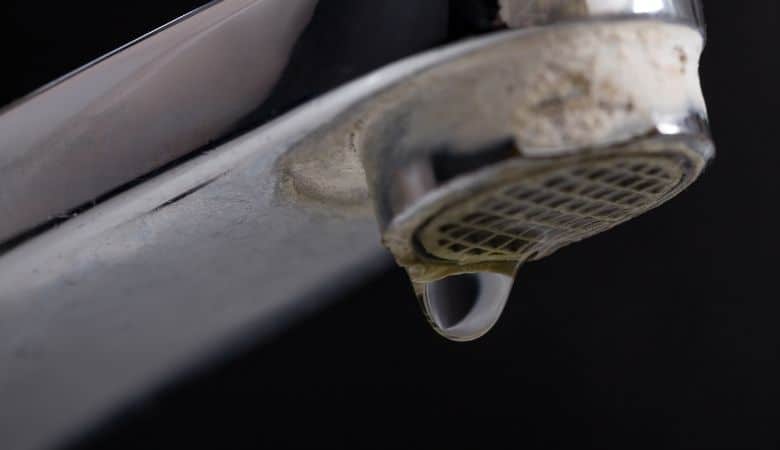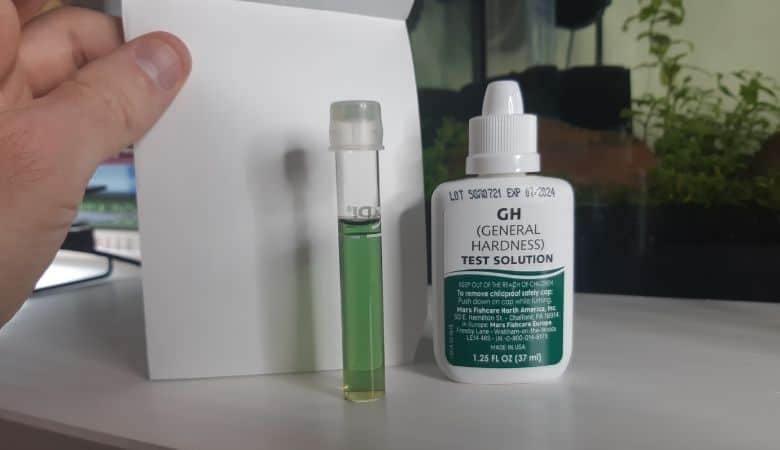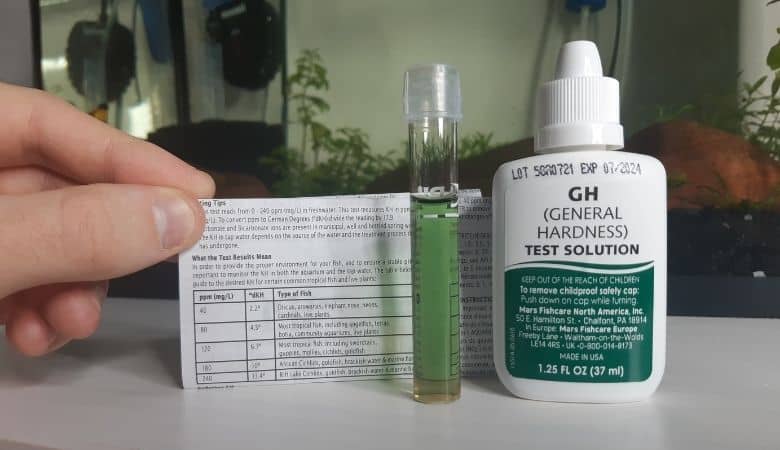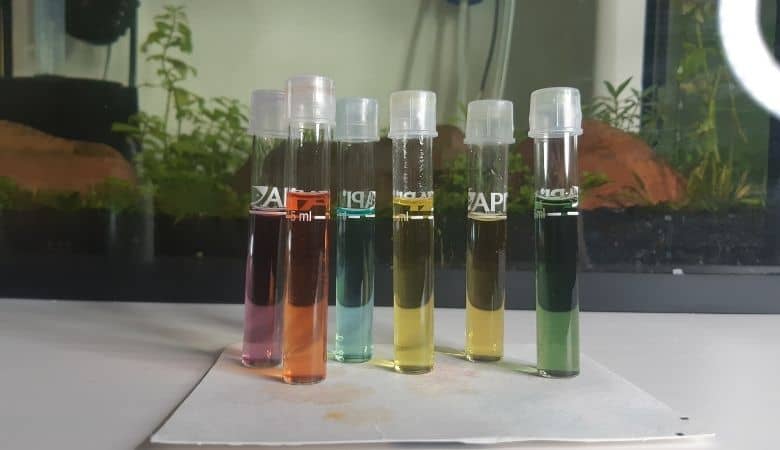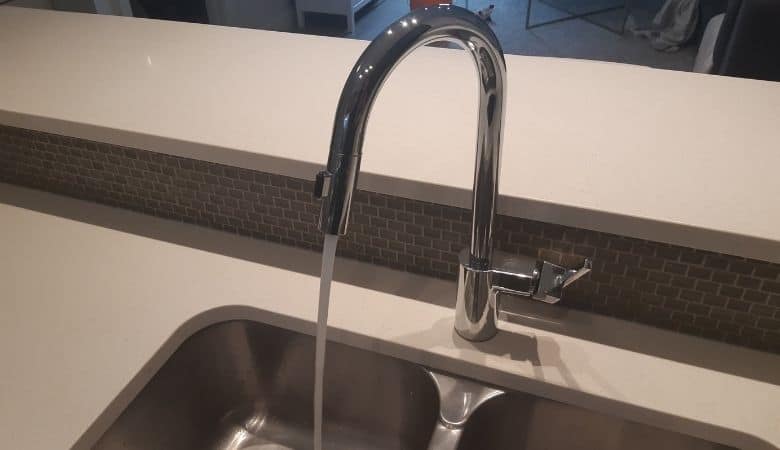It can be difficult to maintain the right water hardness in your aquarium, but this article will provide you with some tips on how to decrease it.
Naturally lower your aquarium hardness by soaking dechlorinated tap water in peat moss, Indian almond leaves or driftwood. A more precise method would be to dilute tap water with reverse osmosis (RO) or distilled water or to use remineralized RO water.
In this article, we’ll explain the benefits and risks of each method so you successfully and safely lower your hardness.
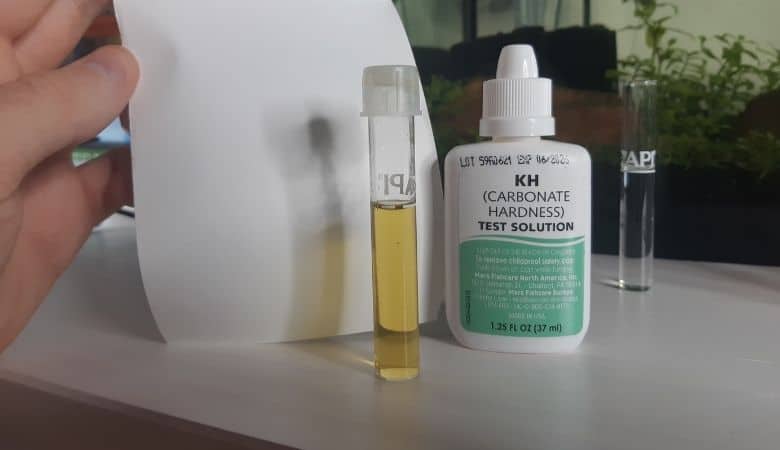
Contents
- 1 How to decrease your aquarium water hardness
- 2 How to naturally decrease your aquarium water hardness
- 3 Popular methods for decreasing aquarium hardness
- 4 How do you remineralize RO water?
- 5 The quickest method to decrease aquarium hardness
- 6 How to lower general hardness (GH) without lowering KH or pH
How to decrease your aquarium water hardness
To decrease your aquarium hardness you must remove dissolved minerals from your tank water. The term “hardness” refers to two types of water hardness: general hardness and carbonate hardness.
General hardness, or GH, is lowered by removing calcium and magnesium. Carbonate hardness, or KH, is lowered by removing carbonate and bicarbonate ions.
There are situations where it makes sense to lower your GH, such as wanting to keep certain fish species that require a specific amount of calcium and magnesium for proper body function.
There’s generally little benefit to reducing your KH though. The higher your KH, the greater your aquarium’s ability to resist pH swings.
So when we talk about lowering our tank’s hardness we are usually referring to just general hardness. Some methods will lower GH, KH and pH together, while other methods are capable of only reducing GH.
There are fewer methods for reducing an aquarium’s hardness than there are for increasing it. Also, the methods are usually more complicated.
Let’s dive in:
How to naturally decrease your aquarium water hardness
There are a few natural methods for reducing water hardness. The drawbacks are that these methods are not permanent, they do not lower the hardness quickly and they don’t work for all tanks.
Peat moss
Peat moss releases humic acid and tannins that lower pH and hardness.
You can add peat moss with a product like Fluval Peat Granules or by adding real peat moss from a local nursery.
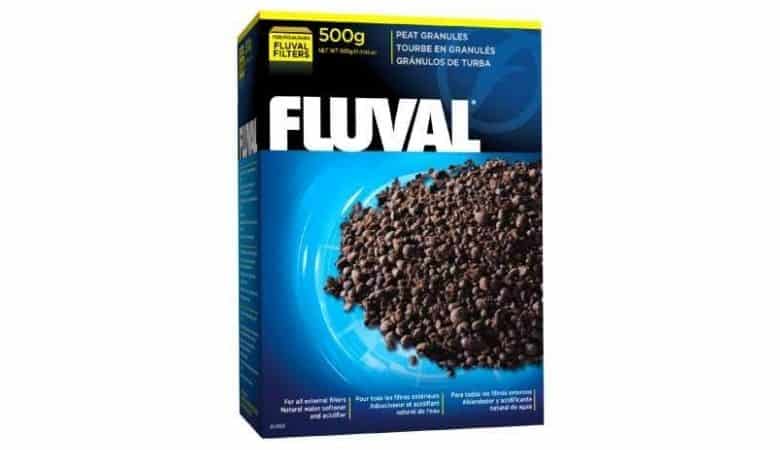
If you choose the nursery route, make sure you boil the peat moss first to remove contaminants.
One benefit of using peat moss is that it decreases hardness and pH slowly over several days. This helps reduce fish stress due to rapidly changing water chemistry.
A couple of drawbacks are that 1) it’s not a precise method for decreasing GH, and 2) the tannins will cause your water to look like steeped tea.
Also, conducting water changes with hard tap water will cause your tank’s hardness and pH to rise before the peat moss can slowly lower it again over several days.
This fluctuation will cause fish stress and increase the probability of your fish catching a disease.
The best method for using peat moss is to soak it in dechlorinated water before adding it to your tank. This will allow you to more closely match it to your tank’s existing water parameters to prevent drastic fluctuations.
Indian almond leaves
Indian almond leaves are generally used to lower pH by releasing tannic acids into the water. They’re also used by some fishkeepers to treat some minor bacterial infections in their freshwater fish.
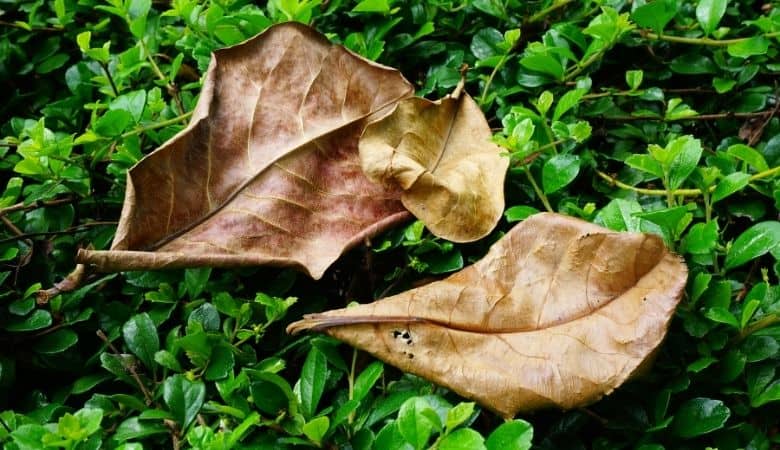
But some studies have found that Indian almond leaves also decrease water hardness.
One study, in particular, saw hardness lower from 180ppm to 108ppm when semi-dried almond leaves were added.
Indian almond leaves can be easily purchased from your local fish store or online from most aquatic retailers.
Driftwood
Similar to Indian almond leaves, driftwood lowers pH and hardness by releasing tannic acids into the water.
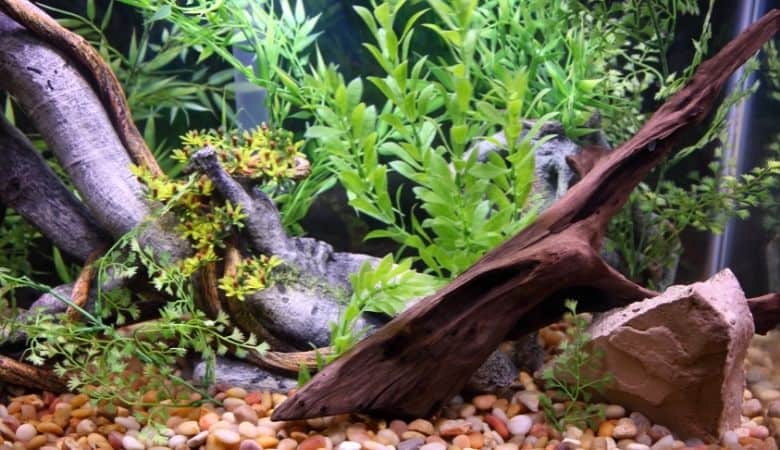
Popular methods for decreasing aquarium hardness
Use a reverse osmosis system
Reverse osmosis water, or RO water, uses high pressure to force water through a semi-permeable membrane. The water can penetrate through the membrane while calcium carbonate, carbonate and bicarbonate ions and other minerals are filtered out.
What’s left is water that is close to pH 7.0, 0 GH, 0 KH because there are no minerals or carbonates to add water hardness.
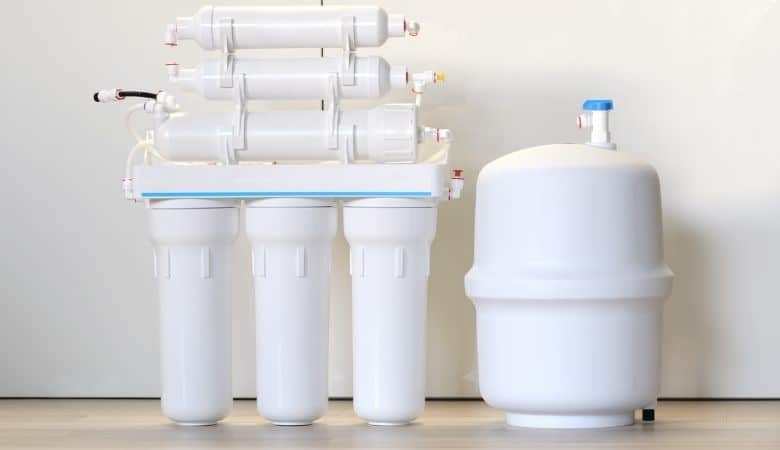
Most plants and tropical freshwater fish species thrive in soft water aquariums where the pH levels are between 6.5 and 7.5. But the lack of KH will cause the pH to fluctuate. Therefore, it’s important to raise KH.
It’s also important to have some GH. Many fish species do well in 3-5 dGH. Some species require more, such as livebearers and African cichlids.
As a result, some RO systems contain remineralizing cartridges that add alkalinity and other minerals to the filtered water.
This allows you to take hard tap water and precisely convert it into softer water with your desired amount of hardness.
These systems are available at some specialty fish retail stores and online. A reverse osmosis unit typically costs between $200-400 USD.
Dilute your tap water with RO water
Instead of remineralizing RO water, you can increase its harness by mixing it with hard tap water.
For example, if you mix equal parts of unmineralized RO water and tap water, your water hardness will be reduced by 50%.
Dilute your tap water with distilled water
Distilled water is water that has boiled into vapor and is then condensed into a separate container. The evaporation removes the water from the minerals.
The result is purified water without any hardness or other impurities.
Like RO water, distilled water has no hardness which means you must not use it on its own. Instead, it’s best to use it to dilute your tap water.
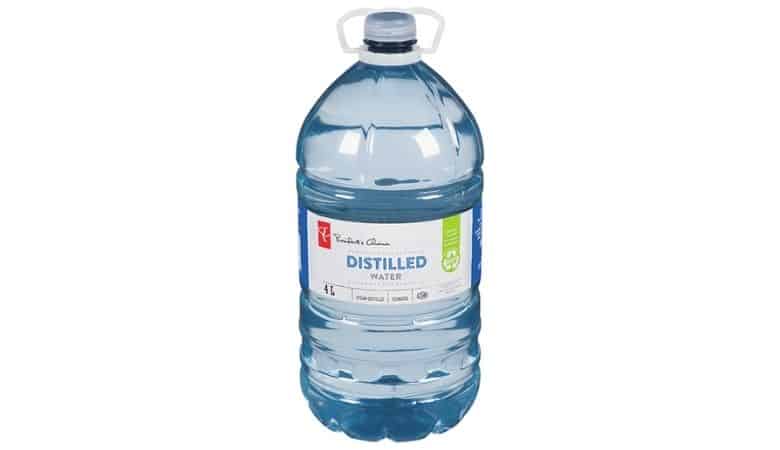
What’s great is that you can buy distilled water at most grocery stores in 4L jugs, which makes it accessible. Also, each jug usually only costs a dollar or two.
Despite this, it can become somewhat expensive over time if you have a large tank or many tanks.
For example, if you have a 75-gallon tank and perform 15% water changes, each water change will require 21L of distilled water and 21L of tap water (assuming you’re using equal parts).
That’s a little more than four water jugs for each eater change. Not to mention the 35 water jugs required to set up the tank initially.
The point is that it’s a lot of work.
If you have a 10-gallon tank then a 20% water change would only require approximately one 4L water jug and one jug of tap water. This is more sustainable and not overly expensive either.
Each water change must maintain the same pH, KH and GH each time if you’re keeping fish. Fluctuating water quality will cause fish stress.
How do you remineralize RO water?
Mix with tap water
If you’re looking to decrease your water hardness then you probably have hard tap water to begin with. So a great way to remineralize RO water or distilled water is by mixing it with your tap water.
Make sure your resulting mix contains the same pH, KH and GH before adding it to your tank.
Use reminerlization products
Seachem Equilibrium is a liquid product that increases your water’s general hardness by adding calcium and magnesium ions.
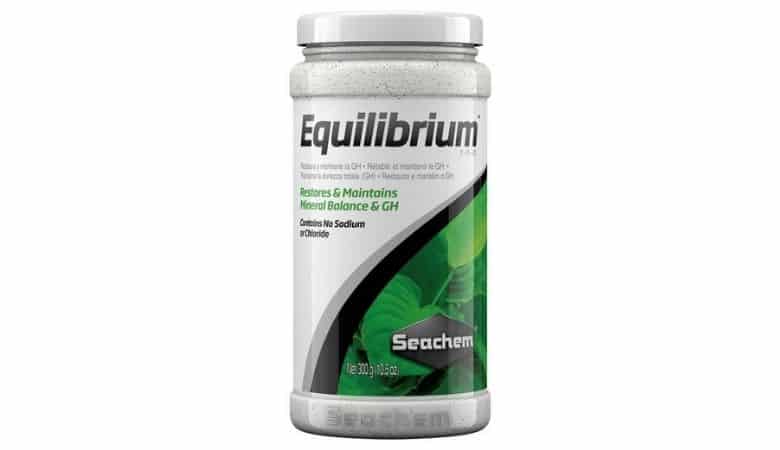
Seachem Alkaline Buffer increases your water’s carbonate hardness or alkalinity. This also increases your pH as well.
Seachem Acid Buffer is used in combination with Alkaline Buffer to lower your pH while increasing hardness.
These products can be bought at most local fish stores and online. Follow each product’s dosing instructions carefully to achieve your desired water hardness.
The quickest method to decrease aquarium hardness
Diluting your existing tap water with distilled water is the quickest way to decrease your aquarium hardness because you can easily and quickly buy 4L distilled water jugs from your nearest grocery store.
This method is not recommended if you have fish in your tank though because it’s difficult to accurately and slowly decrease your hardness without harming your fish.
But if you’re starting a new aquarium and are looking for a quick method then this is a good option.
Also, if you are using distilled water to dilute hard tap water, you may not be required to remineralize your water like you would if you used 100% distilled or RO water.
This is because your diluted tap water will likely still contain sufficient GH and KH to sustain a healthy tank. This is assuming you don’t dilute your tap water too much.
How to lower general hardness (GH) without lowering KH or pH
In my opinion, the only accurate way to lower GH without affecting pH or KH is by diluting your tap water with remineralized RO water.
However, when you do this you must remineralize your carbonate hardness (KH) to match your current aquarium’s KH value, but not remineralize your general hardness GH).
As an example, let’s say your tap water has 8.0 pH, 6 dKH and 10 dGH. Fresh RO water will have a 7.0 pH, 0 dKH and 0 dGH.
If you mixed equal parts of these two water sources they would balance out to approximately 7.5 pH, 3 dKH and 5 dGH. In otherwords, each of our pH, KH and GH decreased.
To keep your pH and KH the same, you must first remineralize your RO water to 8.0 pH, 6 dKH and 0 dGH – matching the pH and KH to your tap water.
When combined, your water would now have 8.0 pH, 6 dKH and 5 dGH – a lower GH than before but the same pH and KH.
If you wanted to lower your GH further you would have to increase the proportion of remineralized RO water to tap water.


